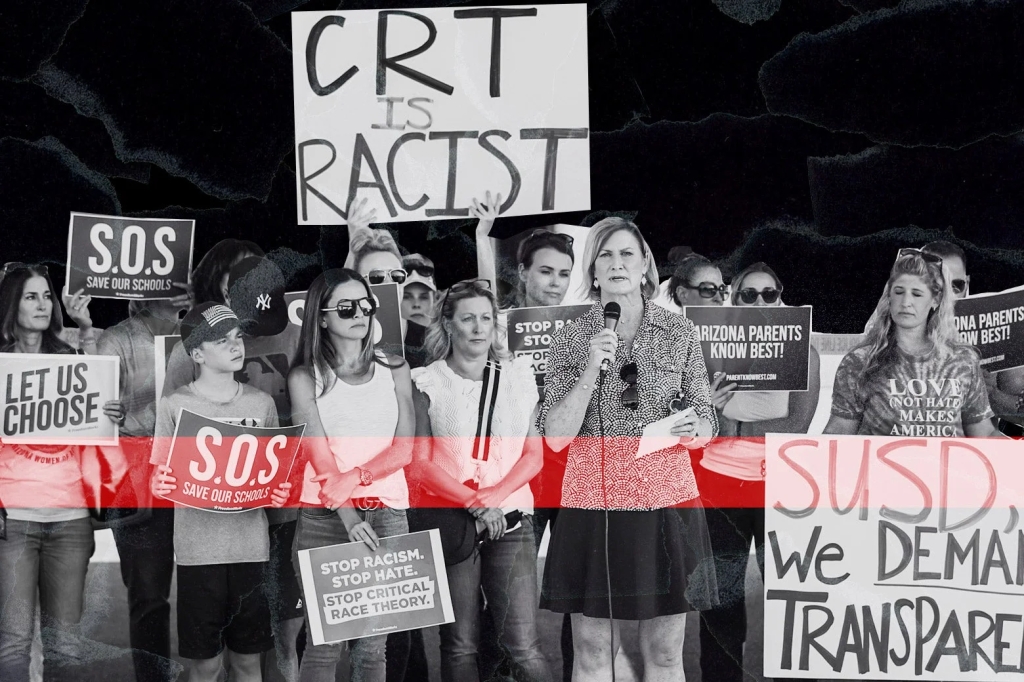Republican legislatures in approximately thirty states have sprinted to pass legislation which seems intent on banning teachers from discussing race, racism, and what has been termed “divisive” concepts. Also forbidden: anything that makes (white) students feel “discomfort” or a “sense of responsibility” for the past. The current efforts by Republican legislatures and conservative school boards have been packaged as an opposition to “critical race theory” (CRT), an academic framework that views racism as ingrained in law and other modern institutions. But, as others have noted, “critical race theory” is a red herring that functions as a catch-all term that includes any consideration of race and racism (e.g., multiculturalism, “wokeism,” identity politics, culturally responsive teaching, etc.). Any hint that “racial inequities in the United States are anything but fair outcomes, the result of choices made by equally positioned individuals in a free society,” or any attempt to offer anything but a sanitized history of the United States is equally likely to be caught up in the Republicans’ expansive nets.

CRT emerged in the legal studies field in the 1970s, spreading to other academic disciplines as a series of theoretical propositions. As Jacqueline Jones, president of the American Historical Association, recently summarized, it “provides an intellectual framework for understanding the many ways that governmental entities and private interests have put racial ideologies into practice in the forms of laws, taxation policies, public works projects, regulatory guidelines, profit-making schemes, hiring preferences, and more.” In terms of educational policy, the theoretical concept moves away from the individual child, focusing instead on “suspension rates, assignment to special education, testing and assessment, curricular access…who gets into honors and AP, who doesn’t,” as Gloria Ladson-Billings observed. (Ladson-Billings co-authored what is considered the definitive article on critical race theory in education.)
“Critical race theory” was always a suspicious target for legislators and school board members if only because it simply is not taught at the K-12 level. Indeed, it’s rarely offered at an undergraduate level. But the increasing diversification of the U.S. population and the unprecedented calls for social justice sparked by the murder of George Floyd in May 2020 left the Right searching for a response, and “critical race theory” was at once vague, all-encompassing and suggestively threatening. Fox News, always a good barometer of Right-wing currents, virtually ignored CRT through mid-2020, raising it a scant 12 times between June and August 2020. Then, spurred by Christopher Rufo of the Manhattan Institute, Tucker Carlson jumped on board. By September, Trump added the power of the presidency with an executive order banning as “divisive” diversity training in federal agencies. Fast forward one year: between June and August 2021, Fox referenced CRT over 1,900 times.